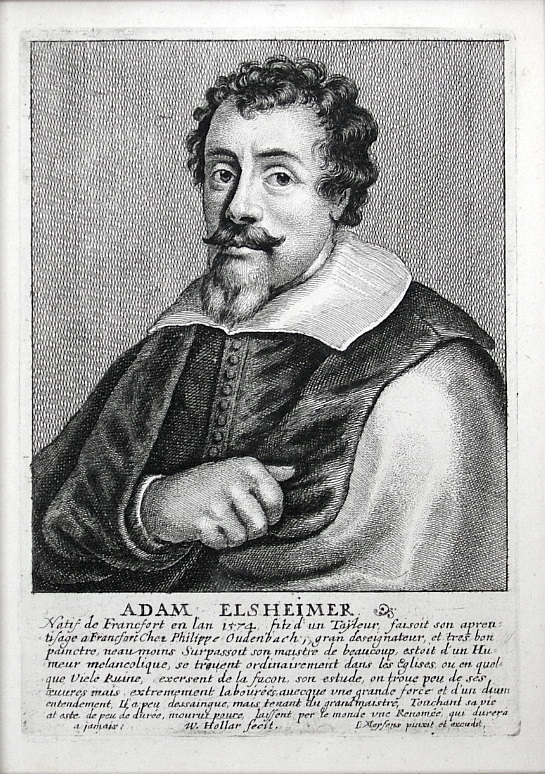Fillette Assise Dans un Tub – A Signed Proof Before Letters
Friday, April 30th, 2010Jacques Villon (1875-1963), Fillette Assise Dans un Tub, etching and drypoint, 1908, signed in pencil lower right and inscribed “essai” lower left margin. Reference: Ginestet and Pouillon E 231, before the edition of 35. In excellent condition, printed in black on a heavy cream wove paper, 9 1/2 x 8, the sheet 12 3/4 x 9 7/8 inches.
A fine impression, before Villon’s name and date in the plate lower right (and thus a first state of 2). In the final state Villon darkened the etching and drypoint work in addition to adding his name and date. This impression is a more delicately rendered version of the subject, printed with a veil of plate tone.
This is from the Minne series, a group of prints made by Villon in 1907-8, portraying the young daughter of a friend in various poses. Minne’s real name was Renee, and she achieved a sort of fame four years later when Villon made his landmark cubist prints of her. In this modernist/expressionist portrait Villon explores the enigmatic character of a young girl, a subject which held much fascination for him at this early stage in his career. Villon made two other etchings of Minne in a tub, in 1907 – these were somewhat sketchier and tentative; it is also interesting that we can see that Minne has grown a bit since those earlier efforts.


